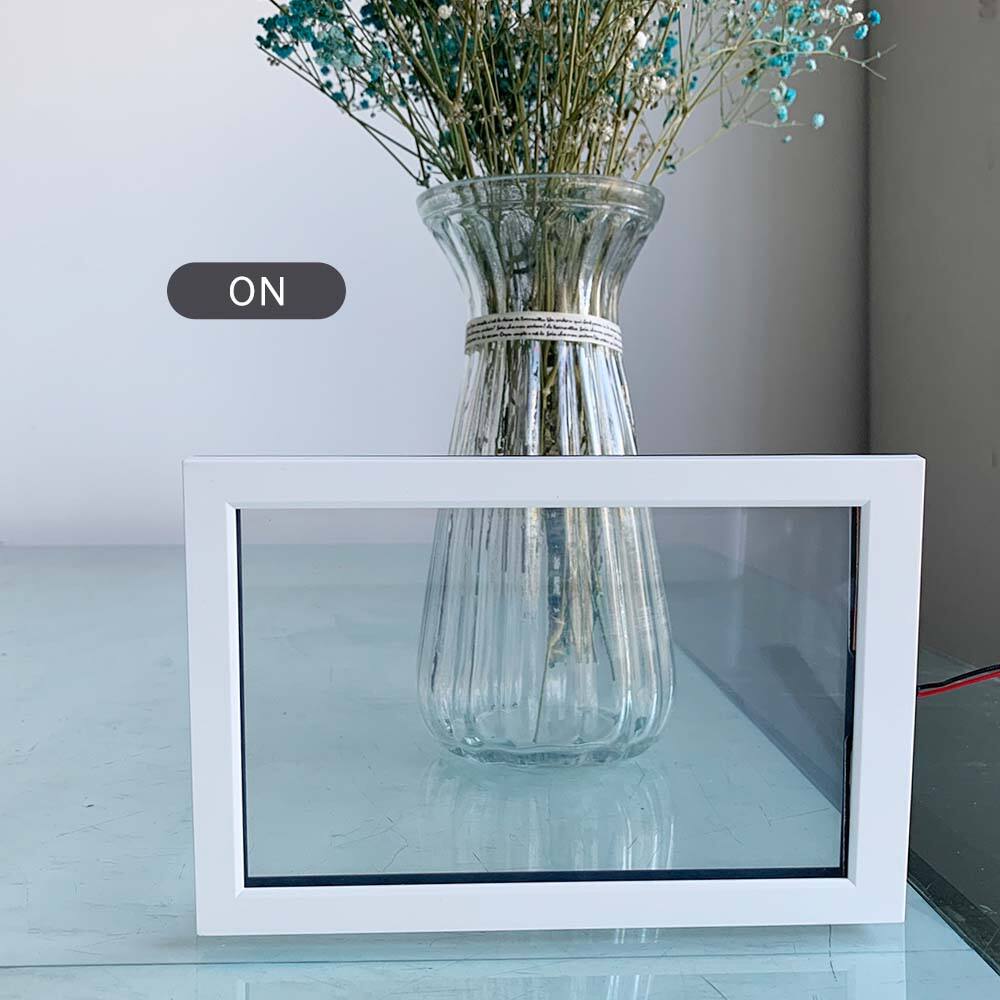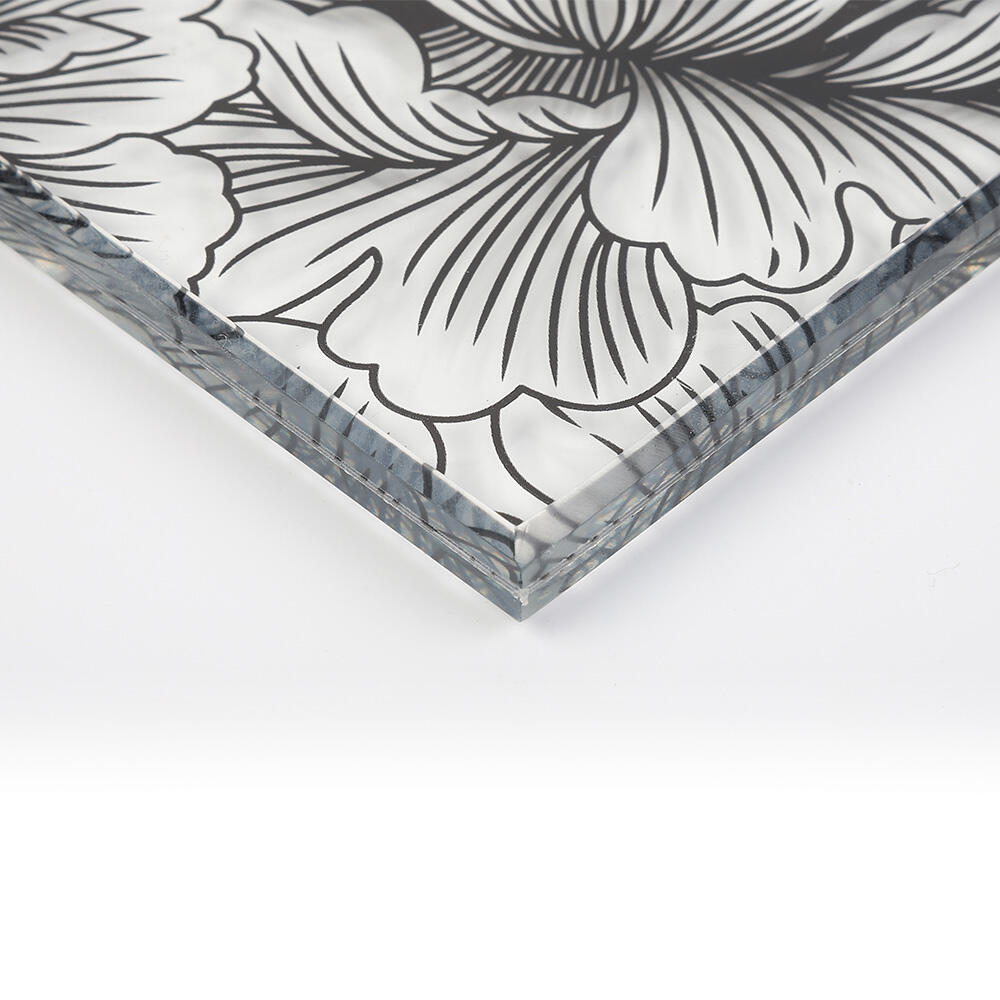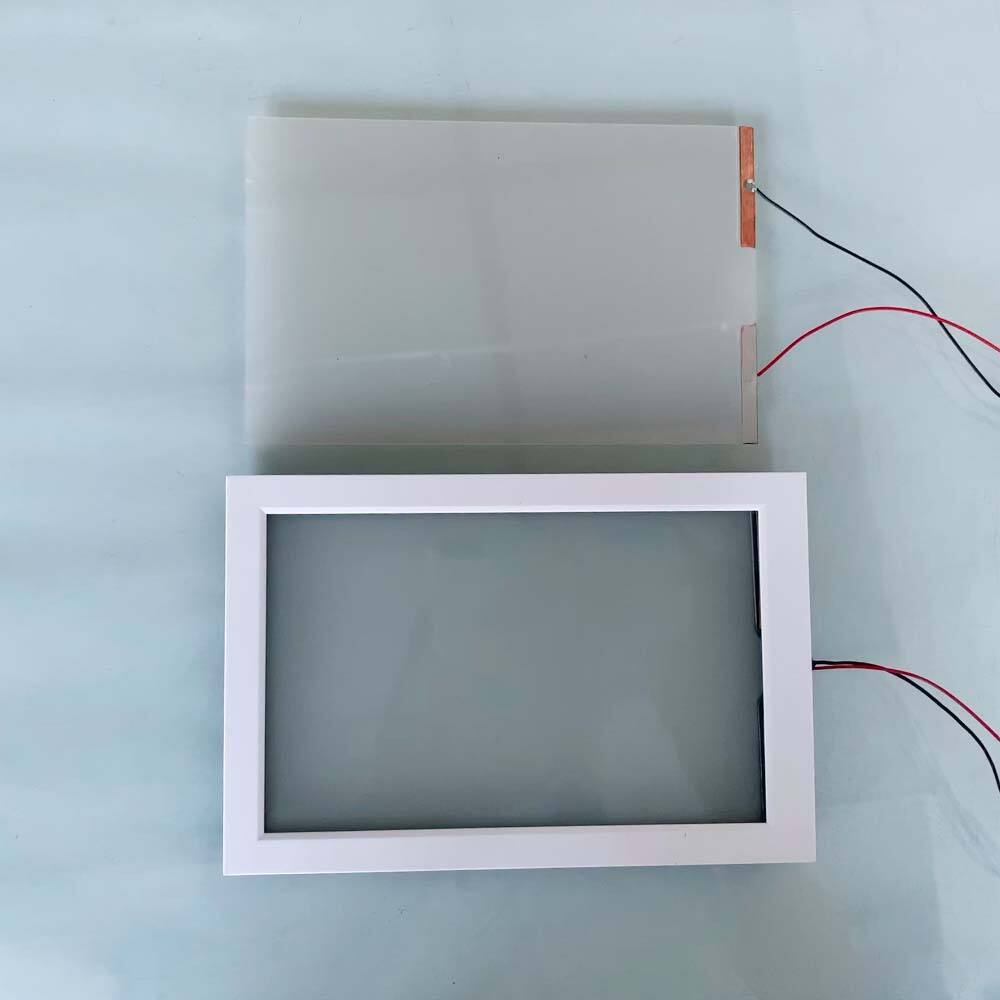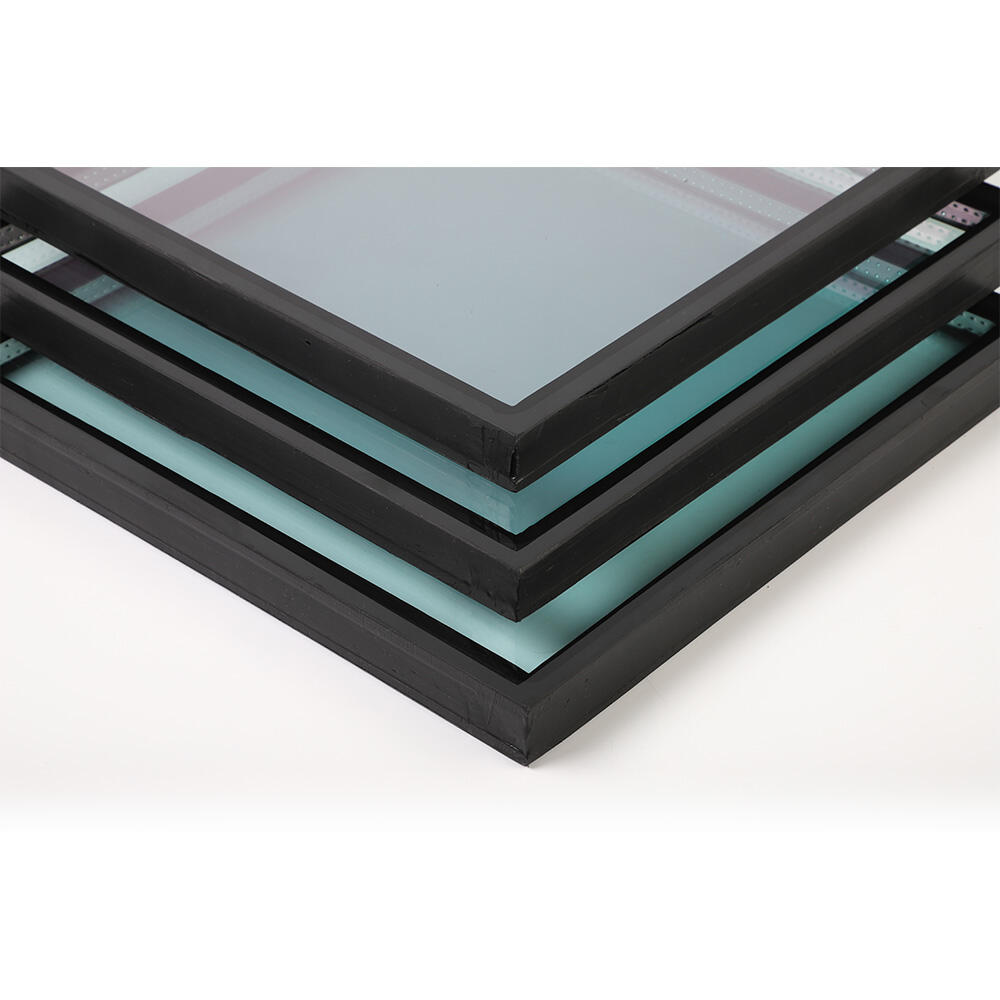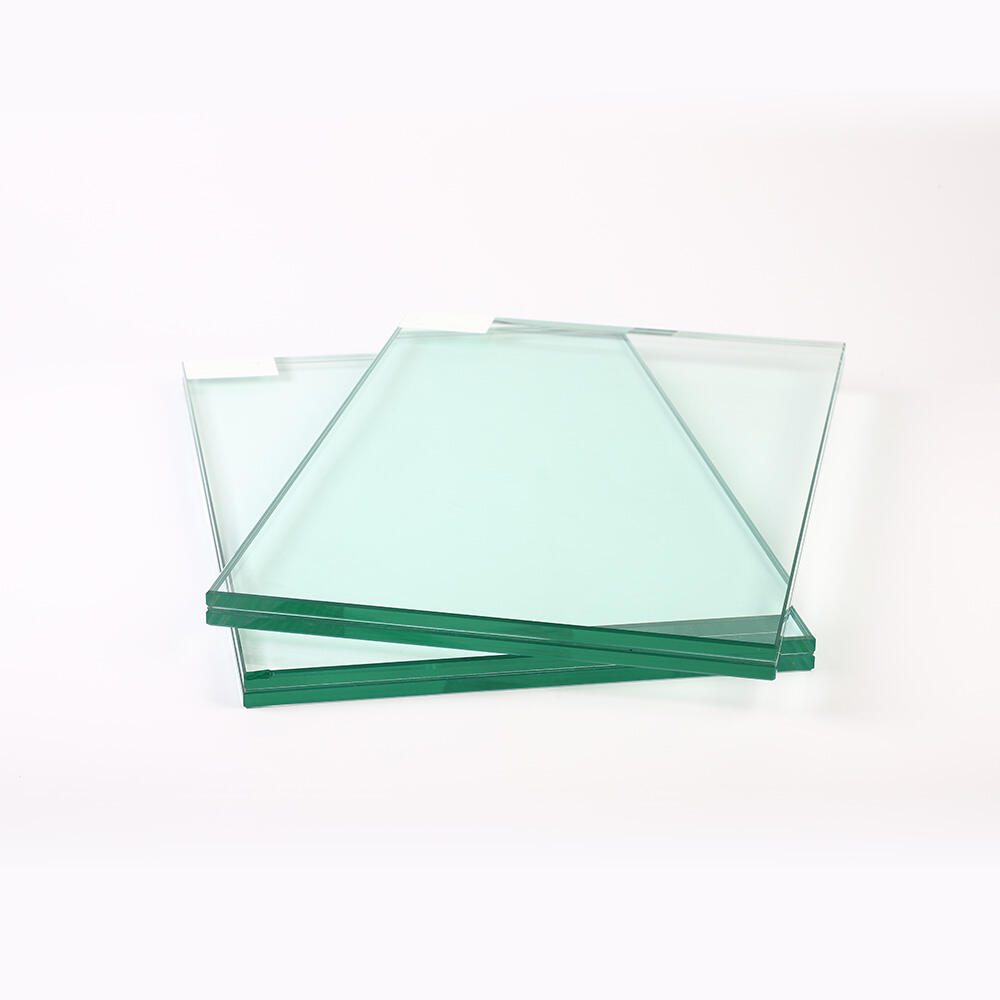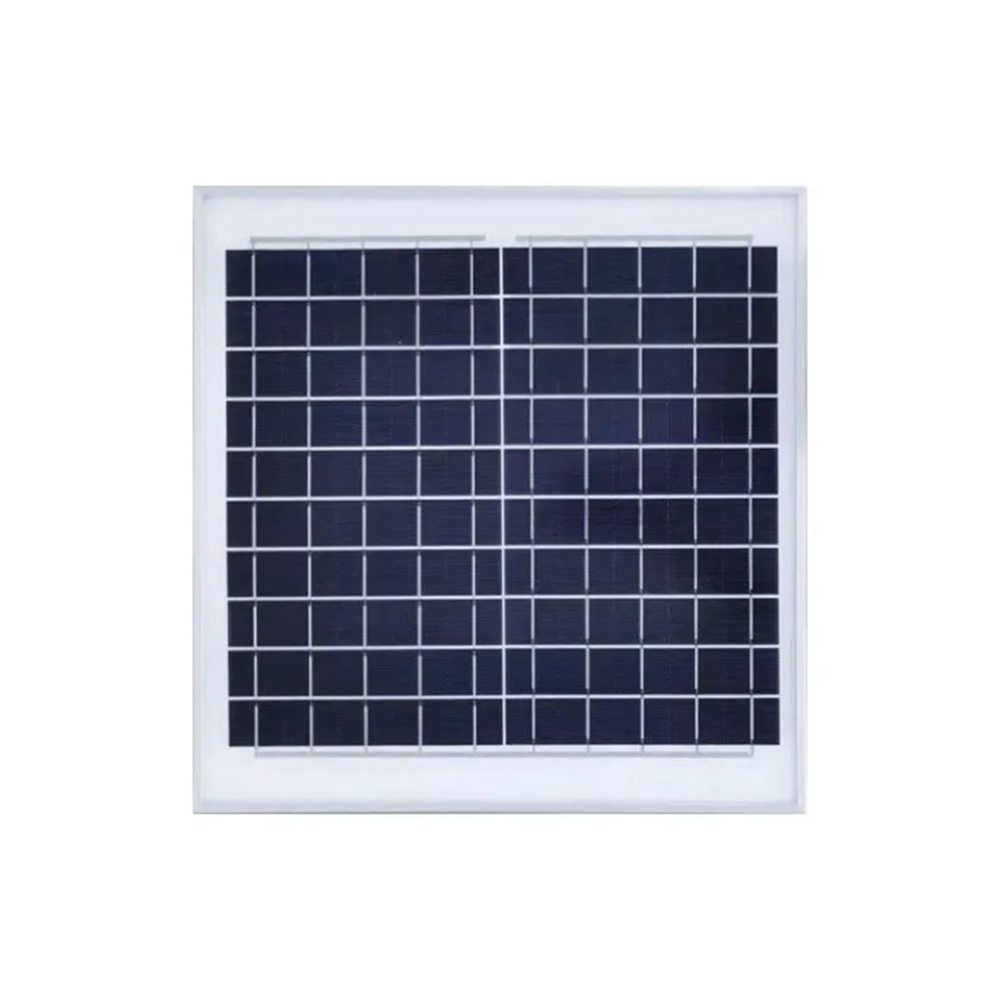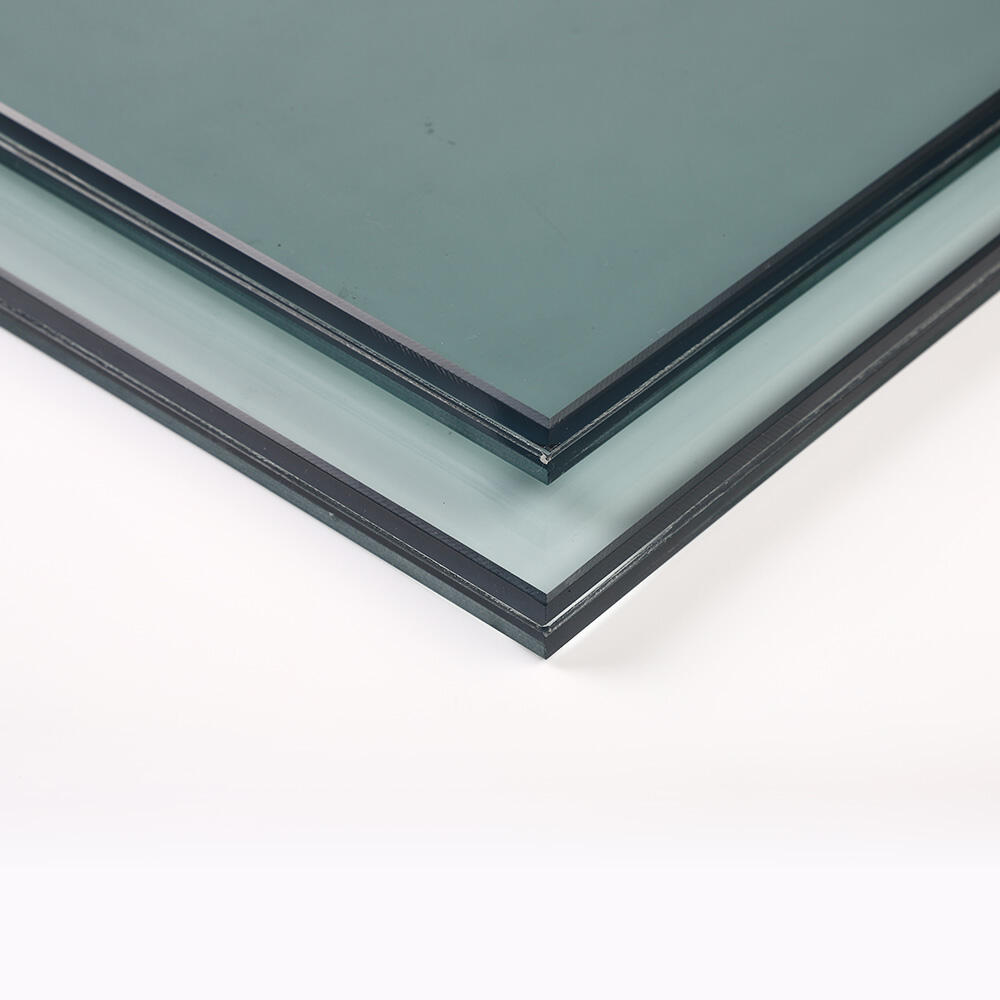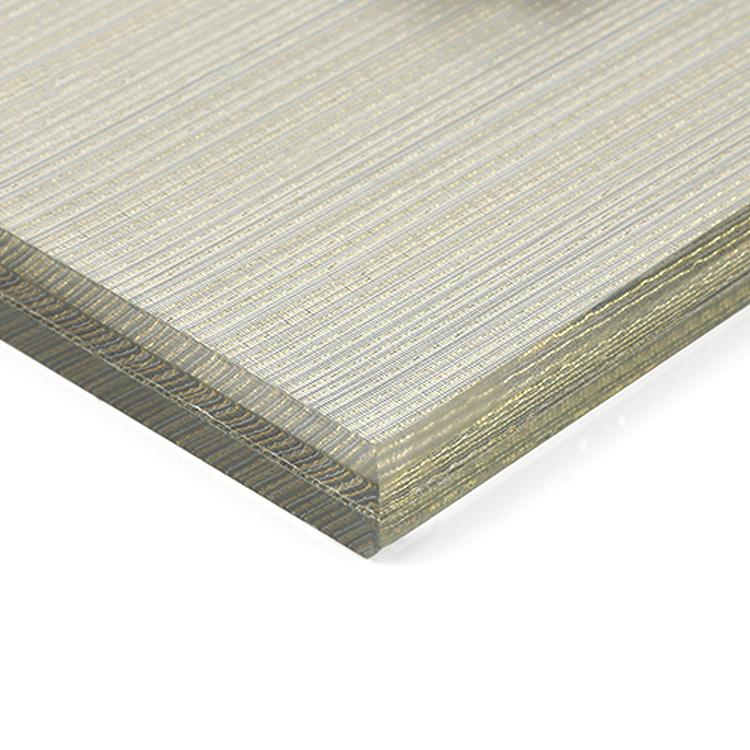The Advantages of Tempered Glass in Modern Architecture
The Advantages of Tempered Glass in Modern Architecture
Tempered glass is becoming really important in modern building design these days because people love how it looks, plus it's much safer than regular glass. The manufacturing process involves heating the glass until it's almost molten then rapidly cooling it down, making it about four times stronger than standard glass. When it does break, instead of sharp shards flying everywhere, it crumbles into small, rounded bits that are basically harmless. Architects all over the world have started incorporating tempered glass into their projects across different sectors from homes to office towers and even public spaces like airports and shopping malls. Some designers actually prefer working with tempered glass specifically for those safety benefits while still getting that sleek appearance they want in their creations.
Tempered glass is becoming increasingly common in modern buildings these days, mostly because architects love what it can do for their designs. The material offers real advantages since it's strong enough to handle stress but still lets designers play around with shapes and appearances. Many construction projects now rely on tempered glass when they need something safe yet visually interesting. We see this all over city skylines where buildings combine practical needs with eye-catching looks through clever use of this versatile material.
Enhanced Strength and Durability
What makes tempered glass so tough? Well, it all comes down to how it's made. The manufacturing process starts by heating regular glass until it reaches around 600°C or higher, then they cool it down super fast - this quick cooling step is called quenching. What happens during this rapid cooling creates something interesting inside the glass structure. The outside gets compressed while the inside remains stretched out, which basically makes the whole thing way stronger. Tests show that tempered glass can handle impacts about 5 to 6 times better than regular glass that hasn't gone through this treatment. That extra strength explains why we see tempered glass in places like car windshields, shower doors, and even smartphone screens where accidental drops are common.
When we look at different kinds of glass side by side, tempered glass really stands out compared to options like laminated or what people generally call safety glass. Laminated glass has those multiple layers stuck together, but tempered glass works differently as just one solid piece. What makes it special is how tough it actually is despite being lighter than many alternatives. Now when someone mentions safety glass, they're talking about any type that's been altered to be safer, so both tempered and laminated fall under that category. The big difference comes when things break. Tempered glass breaks into these little pebbles instead of sharp shards, which cuts down on injuries no doubt about it. That's why builders and architects love using tempered glass in spots where folks walk around a lot or anywhere there might be accidental bumps and knocks.
Tempered glass stands out because of its remarkable strength and resistance properties, which is why it keeps showing up everywhere from building sites to factory floors. What makes this type of glass so special? Well, it can handle scratches without getting damaged, survives temperature changes better than regular glass, and actually holds up when hit hard. That's why we see it used all over the place these days, whether in those fancy double glazed windows people install at home or as part of energy efficient insulation systems in big office buildings. Contractors really appreciate tempered glass for jobs that need materials capable of lasting through rough handling while still looking good and performing reliably year after year.
Safety Features of Tempered Glass
Tempered glass breaks into small, rounded pieces rather than dangerous shards when shattered, making it much safer than regular glass. People often install this type of glass in places where lots of folks walk around, like shopping mall entrances or school playgrounds, because accidents happen there all the time. When something hits tempered glass hard enough to break it, what happens next is pretty amazing the whole thing just crumbles into little bits that won't cut skin or cause major injuries. Regular window glass tells a different story though. If that gets broken, those big jagged edges can really hurt someone who happens to be standing close by. That's why so many building codes now require tempered glass in certain locations where safety matters most.
Tempered glass installation matters a lot in places such as shopping centers, international airports, and educational institutions because so many people move through these spaces daily. The constant flow of pedestrians raises the risk of incidents involving regular glass products. When tempered glass breaks, it shatters into small pieces rather than sharp shards, which dramatically reduces injury risks during accidents. Most building codes now require this type of safety glass anyway, but beyond regulations, facility managers appreciate knowing their visitors are protected. Schools especially benefit from this feature when children are around, making tempered glass not just code compliant but practically essential for maintaining safe public areas.
Design Flexibility
Tempered glass gives architects and designers plenty of room to play around with their projects because there are so many ways to customize it according to what buildings need. The glass comes in various thicknesses too, which means it can handle different strength demands while still providing good insulation properties where needed. Want something that looks good? Tempered glass can be tinted almost any color imaginable from subtle neutrals to bold statements, matching whatever style the building requires. And don't forget about those special coatings either! Some versions block harmful UV rays, others help cut down on energy costs by improving thermal efficiency, making them smart choices for both appearance and performance.
Tempered glass really transforms architectural styles across modern, contemporary, and minimalist design approaches. The clean lines just look so good against today's aesthetic preferences, plus when natural light flows through those transparent panels, rooms feel much more spacious than they actually are. Contemporary buildings often feature tempered glass because it lets architects create striking structures that stand out from the crowd. Minimalist spaces gain something special too – glass doesn't distract from the design but instead highlights what matters most in those simple forms. Many architects swear by tempered glass for creating spaces that not only look great but work well too. Spaces become brighter, safer, and somehow more connected to their surroundings when this material gets incorporated into the design process.
Natural Light and Energy Efficiency
Big glass installations in modern buildings really boost how much natural light gets inside, making rooms feel more open and less closed in. The transparent walls do more than just look good they actually help blend what's happening outside with what's going on inside the space. We see this all over new office buildings and luxury homes these days, where tough tempered glass lets in huge amounts of daylight through massive windows and entire wall sections. Beyond looking sharp architecturally, these glass features create better living environments too since there's less need for harsh overhead lights during the day. People who work or live in such spaces often report feeling more connected to nature and generally happier because of all that free sunlight streaming in.
Using safety glass and double glazed windows as insulation materials leads to big savings on energy bills. Tempered glass works really well at keeping buildings warm in winter and cool in summer because it has better thermal properties than regular glass. This means less need to run heaters or air conditioners all day long. Industry data shows that buildings with good quality insulating glass can cut their energy usage by around 30%. The money saved on utilities plus the reduced carbon footprint makes tempered glass a smart option for green building projects. Homeowners and business owners alike find these modern glazing options not only help the environment but also look great while doing it.
Sustainability and Environmental Impact
Tempered glass gets a lot of praise because it can actually be recycled, which makes it pretty good for the environment compared to other stuff used in buildings. Most construction materials just end up in landfills eventually, but tempered glass has this second life potential. When they recycle it, workers smash the glass into tiny pieces that get melted down again to make all sorts of new glass items. This whole process cuts down on how much damage construction does to the planet overall. Builders who want greener options are starting to notice this benefit more and more these days.
Tempered glass does more than just recycle well it actually plays a big role in making buildings greener by boosting their energy efficiency and sustainability overall. When installed properly, this type of glass cuts down on how much energy buildings need for heating and cooling because it insulates so effectively. We see this most clearly in double glazed windows where the combination works wonders for keeping indoor temperatures stable throughout seasons. The result? Lower utility bills and less strain on our environment from excessive energy use. Beyond being tough and safe, tempered glass has become essential for architects looking to create structures that stand the test of time while doing less harm to planet earth.
Applications of Tempered Glass in Modern Architecture
Tempered glass has become really important in today's buildings because it can be used so many different ways. Think about things like curtain walls and regular windows where this type of glass works great. There are actually quite a few options out there now with good materials and lots of customization possibilities for curtain glass and window glass specifically. What makes tempered glass stand out is how well it handles heat and noise insulation too. Architects love working with it since it fits right into all sorts of design plans without causing problems. Plus, it lets them get creative while still making sure everything functions properly in the building.
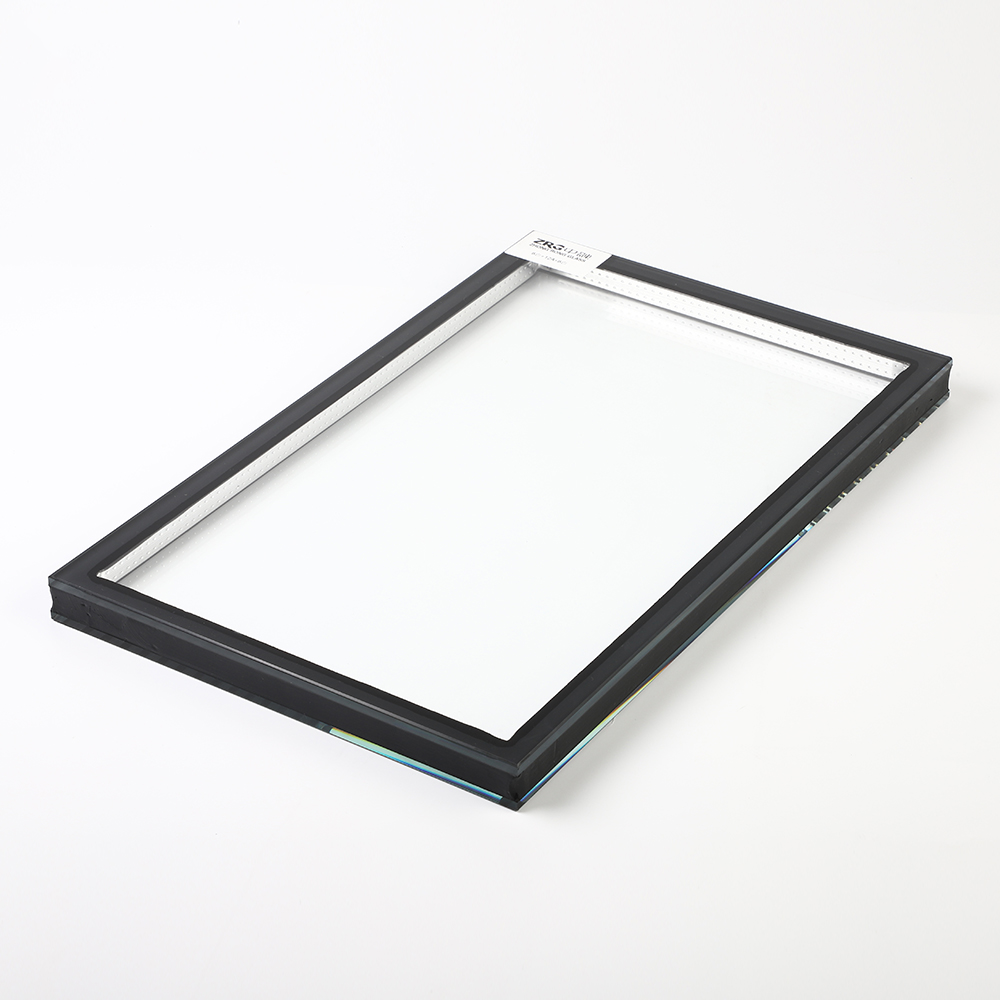
When it comes to premium markets, advancements in tempered glass require solutions that strike a good balance between lasting power and good looks. Take the Single Layer option as an example. This particular tempered glass variant stands out because it's incredibly strong yet still holds up against impacts. What makes it special is how it boosts building safety while maintaining that sleek appearance people want. We see this kind of glass applied across different environments actually. Residential homes definitely benefit, but commercial buildings and even public spaces like museums or airports are increasingly turning to single layer tempered glass for both protection and style.
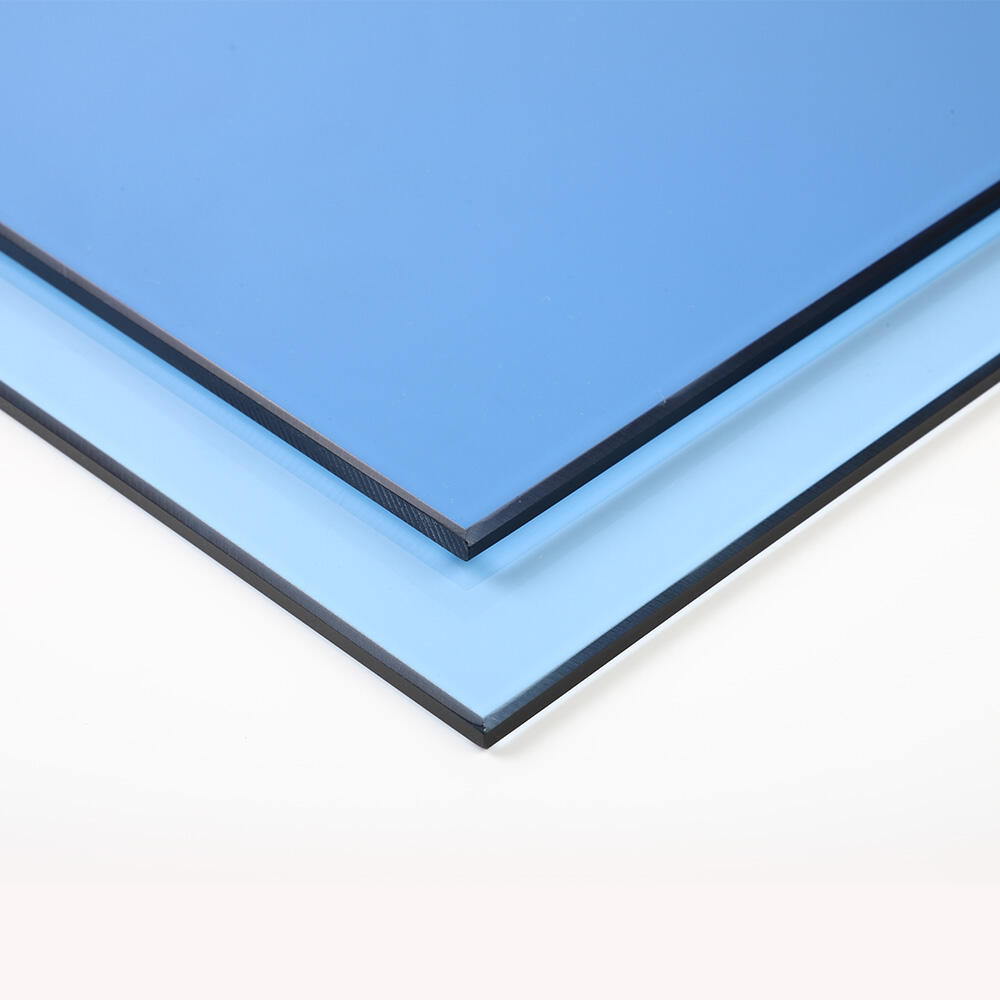
When it comes to architectural designs that include tempered glass, picking good quality materials really makes a difference. The right materials do more than just look nice they actually affect how well buildings perform over time and how long those features will last. Tempered glass stands out as one of these premium options because it adds strength to the whole structure. Architects find this particularly important when working on projects with large glass facades or complex features such as glass staircases and suspended walkways. These applications demand both beauty and durability, which is exactly what quality tempered glass delivers when specified correctly.
Recommended Products
Hot News
-
The Amazing Properties and Uses of Glass
2024-01-10
-
Production raw materials and processes of glass products
2024-01-10
-
Co-create the future! A delegation from Atlantic El Tope Hotel visited our company
2024-01-10
-
ZRGlas Shines at Sydney Build EXPO 2024, Innovative Products Spark High Interest Among Clients
2024-05-06
-
How Low-E Glass Can Cut Energy Costs and Boost Insulation
2024-09-18

 EN
EN
 AR
AR
 CS
CS
 DA
DA
 NL
NL
 FI
FI
 FR
FR
 DE
DE
 EL
EL
 IT
IT
 JA
JA
 KO
KO
 PL
PL
 PT
PT
 RU
RU
 ES
ES
 TL
TL
 IW
IW
 ID
ID
 SR
SR
 SL
SL
 UK
UK
 VI
VI
 HU
HU
 TH
TH
 TR
TR
 FA
FA
 AF
AF
 MS
MS
 UR
UR
 HA
HA
 LO
LO
 LA
LA
 MI
MI
 MN
MN
 TA
TA
 TE
TE
 MY
MY
 SI
SI
